Singer Iona Fyfe has called out BBC drama Granite Harbour, based in Aberdeen, for not representing the north-east dialect.
She found the show a letdown after the cast did not use an authentically Doric dialect.
The show follows a detective arriving in Aberdeen as he investigates a murder of a high-profile oil industry magnate.
But it has received mixed reviews from viewers.
Many were quick to point out that the accents were “pretty dodgy to say the least”.
Its final episode is due to be shown on TV on December 15, but all three episodes are now available on BBC iPlayer.
Ms Fyfe’s criticism of the show comes after her emergence over the past few years as one of the biggest names in the Scottish traditional music scene.
She has also campaigned for the Scots language to receive more promotion.
‘Granite Harbour is a missed opportunity’
The 24-year-old performer from Huntly believes Granite Harbour represents a “missed opportunity” to better represent the linguistic culture of the north-east.
She told the Press and Journal: “I always find that when we’re talking about drama series, it’s always set in some sort of urban area with a Glaswegian central belt accent.
“When I saw that Granite Harbour was going to be set in Aberdeen, I thought it would be a really great opportunity to showcase the dialect.”
Okay, fair enough Granite Harbour was at least actually filmed in Aberdeen. But fits gan on wi the accents?
— Iona Fyfe (@ionafyfe) December 2, 2022
But Ms Fyfe believes TV producers need to think about what communities they are representing when they are designing shows.
She said: “It’s not just in the dialect, it’s in the actual scripting as well.
“There is a part of the first episode of Granite Harbour where one of the characters says, ‘I’m no happy’, but that should be scripted, as ‘I’m nae happy’.
“If you’re going to say something is in Aberdeen, there should be an immense amount of work gone into making sure that it is the right dialect of the Scots language.”
‘Scots language is rich and varied’
Ms Fyfe would like to see the full diversity of Scotland’s dialects to be displayed in the media.
She said shows like Shetland “have not worked” as they still retain a lowlander accent. This has also been widely criticised by Shetlander natives.
In 2020, an investigation into accents by the Press and Journal found there were roughly 13 different dialects of Scotland.
Listen to the different dialects of Scotland by clicking on the map below:
Ms Fyfe said: “It’s really important to get it right, so you’re not misrepresenting somebody’s customs, traditions, culture.
“I think north-east and eastern voices seem to get overlooked a lot of the time in the media.
“There seems to be a bit of class stigmatization in there, because these are areas that are predominantly fishing communities and farming communities. And they are rural focused and not industrial.”
What should be done to improve linguistic diversity?
Along with a group of other Scottish entertainers, writers, academics and political campaigners, Ms Fyfe is part of a grassroots campaign that has recently emerged for Scots to be classified as a “legal language”.
Together known as Oor Vyce, the group is lobbying the Scottish Parliament to give Scots comparable funding, protection and legitimacy within society as Gaelic.
Ms Fyfe said: “Ultimately 30% of the sitting parliament pledged to support Scots, whether that be through a new act or through protection, funding and promotion.”
“There is a consultation that’s just closed called the Scottish languages Bill, where they’re going to update the Gaelic Language Act of 2005, as well as hopefully introduce a Scots Language Act and implement a Scots Language Board.
“So we would have to have mair folk with linguistic diversity, it would be a tick box and protected characteristic.”



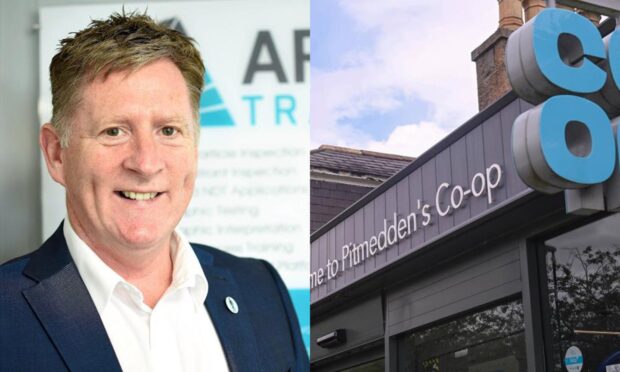
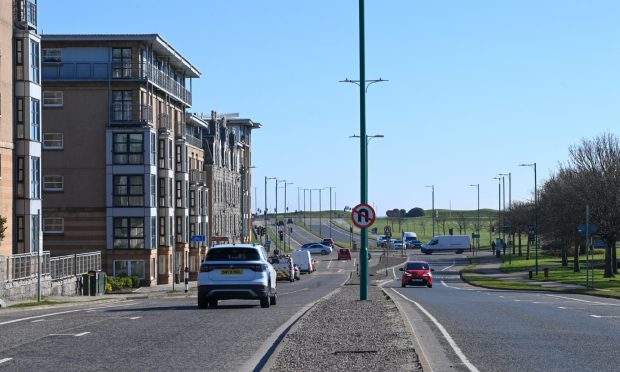
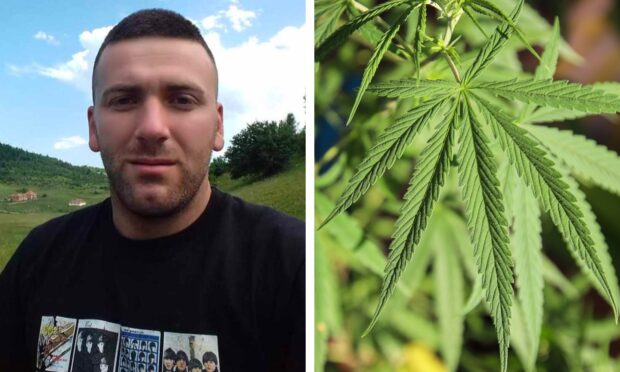
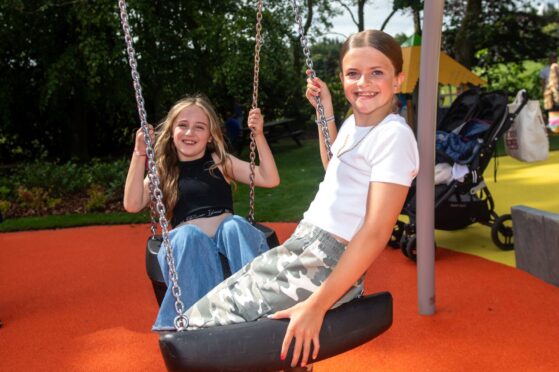
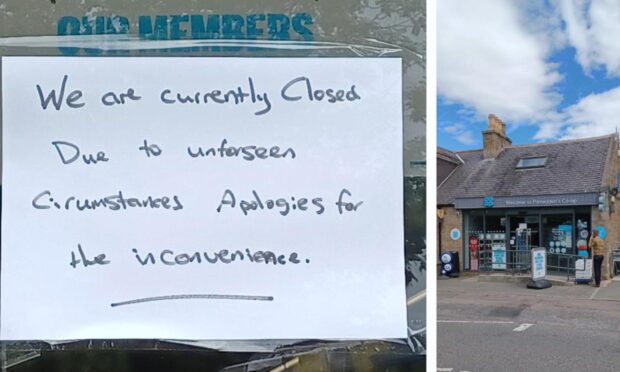
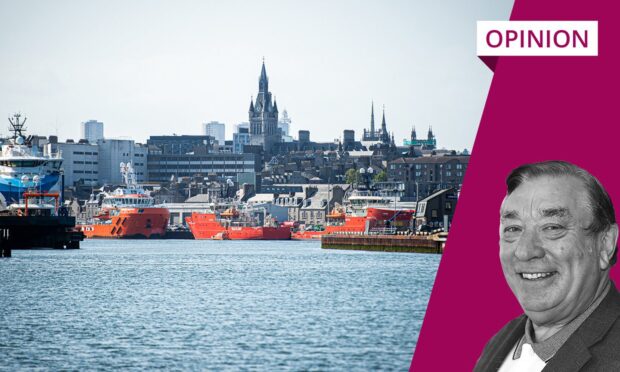
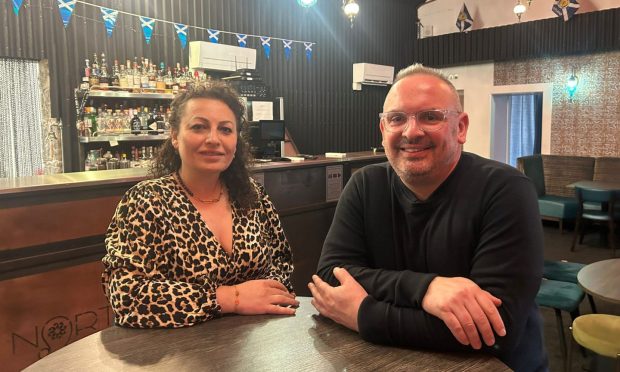


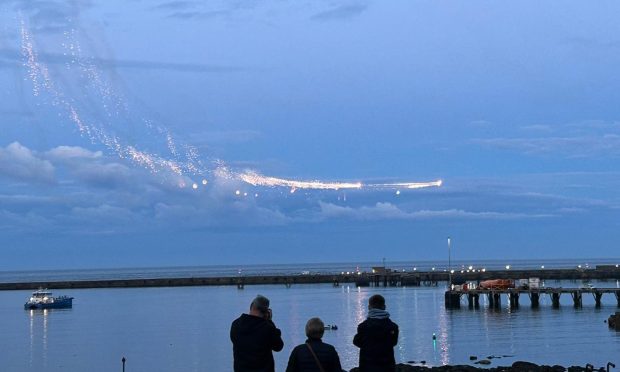
Conversation